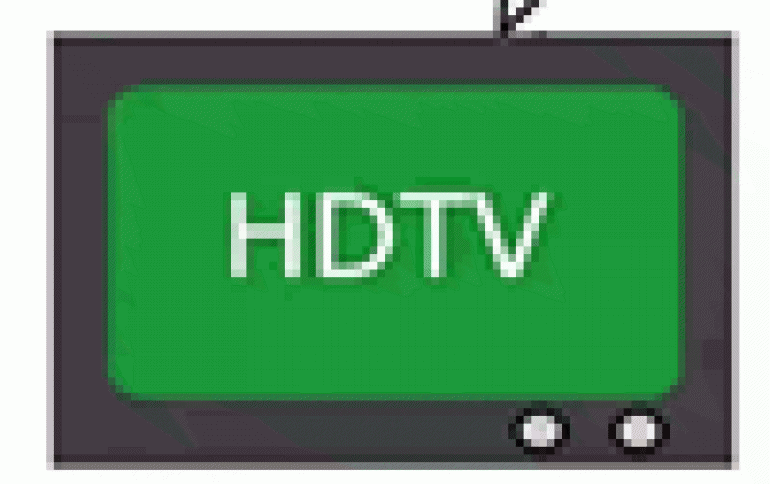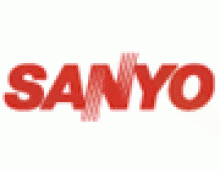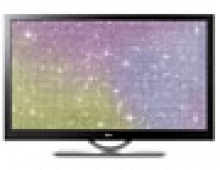
Lack of Broadcasts Hindering HDTV Growth
With products in stores and consumers beginning to buy,
things seem to be falling into place for the digital television (DTV) market with the major exception of high-definition (HD) broadcasts, according to the latest research from iSuppli
Corp.
Countries around the world have set deadlines to implement the switch to full DTV services,
which are increasingly available in a variety of display technologies, to provide an array of
options at steadily decreasing prices, the El Segundo, Calif.-based firm also reported.
For example, in the U.S. a total of 1,491 television stations in 211 markets are broadcasting digital signals.
One hindrance to HDTV market growth is that a majority of consumers in the U.S. are receiving digital content through subscription services from satellite or cable providers. Although this programming arrives via a digital cable or digital satellite signal, it doesn?t mean it is in HD format, i.e. a minimum resolution of 720 lines with progressive scan, or 1080 lines with interlaced scan, the firm pointed out.
Most of the digital content available today comes in standard-definition (SD) format, which is lower resolution than the high-definition formats and even though SD picture quality is much better than the conventional analog NTSC format, increased availability of HD content is necessary for a larger number of consumers to justify spending money on expensive DTV sets.
Concerns among content providers are limiting the amount of HD programming that is being broadcasted, inhibiting greater consumer purchasing of DTV sets, iSuppli believes.
However, increasing awareness of content piracy, as well as the implementation of digital rights management, is expected to address content-providers' concerns.
Finally, as the content challenges are resolved and the amount of HD broadcasting increases, iSuppli expects rising consumer adoption of DTV sets.
Global shipments of DTV sets will rise to 127.3 million units in 2009, expanding at a compound annual growth rate of 41.8 percent from 22.2 million in 2004, iSuppli predicts.
For example, in the U.S. a total of 1,491 television stations in 211 markets are broadcasting digital signals.
One hindrance to HDTV market growth is that a majority of consumers in the U.S. are receiving digital content through subscription services from satellite or cable providers. Although this programming arrives via a digital cable or digital satellite signal, it doesn?t mean it is in HD format, i.e. a minimum resolution of 720 lines with progressive scan, or 1080 lines with interlaced scan, the firm pointed out.
Most of the digital content available today comes in standard-definition (SD) format, which is lower resolution than the high-definition formats and even though SD picture quality is much better than the conventional analog NTSC format, increased availability of HD content is necessary for a larger number of consumers to justify spending money on expensive DTV sets.
Concerns among content providers are limiting the amount of HD programming that is being broadcasted, inhibiting greater consumer purchasing of DTV sets, iSuppli believes.
However, increasing awareness of content piracy, as well as the implementation of digital rights management, is expected to address content-providers' concerns.
Finally, as the content challenges are resolved and the amount of HD broadcasting increases, iSuppli expects rising consumer adoption of DTV sets.
Global shipments of DTV sets will rise to 127.3 million units in 2009, expanding at a compound annual growth rate of 41.8 percent from 22.2 million in 2004, iSuppli predicts.



















